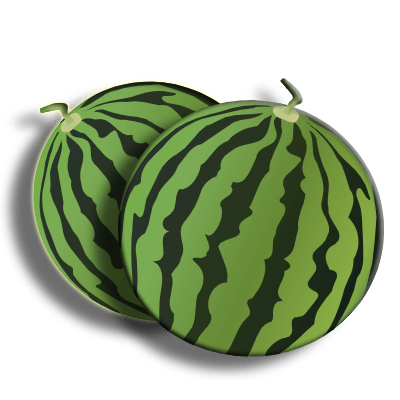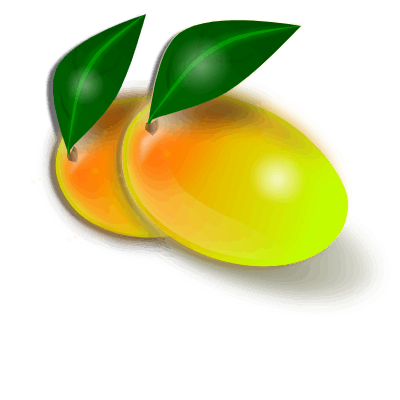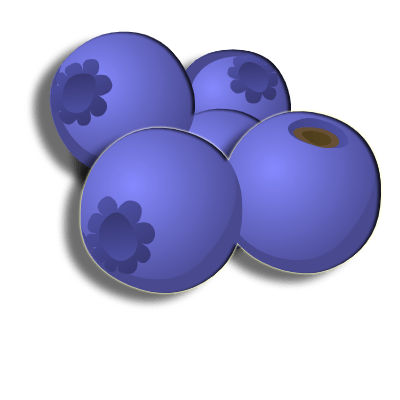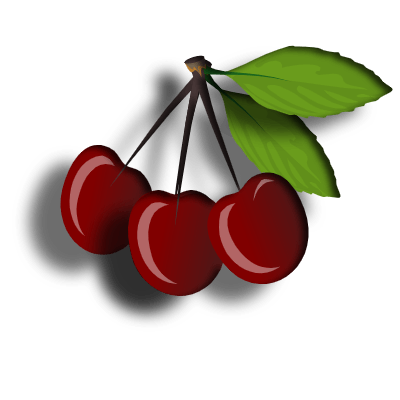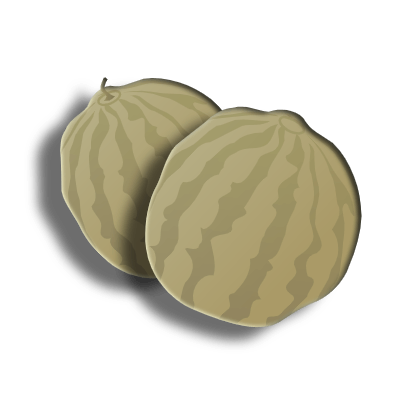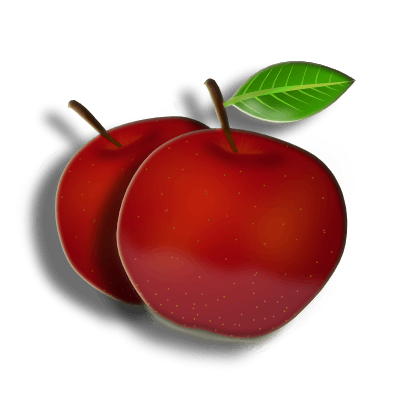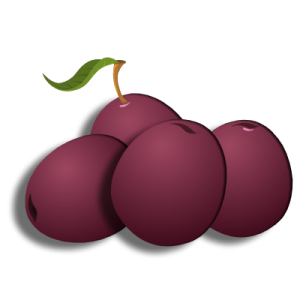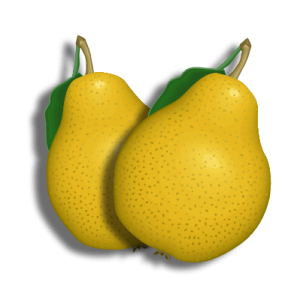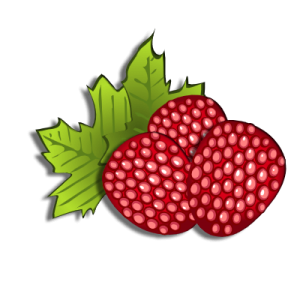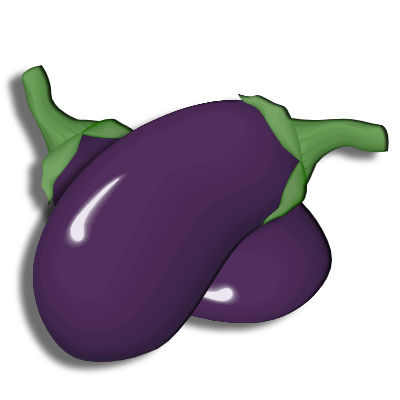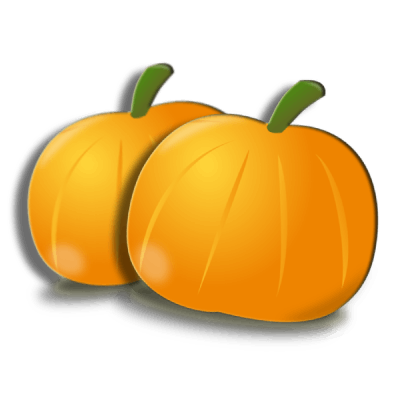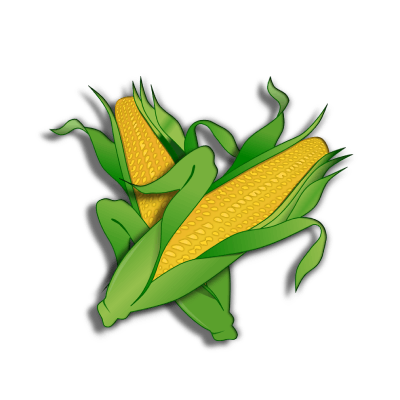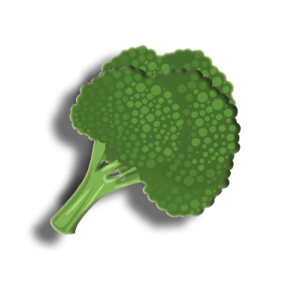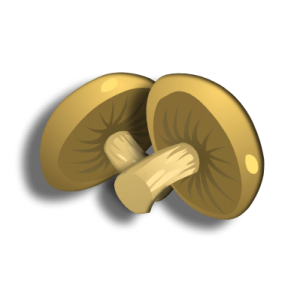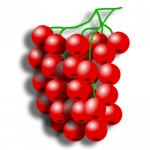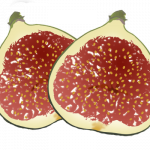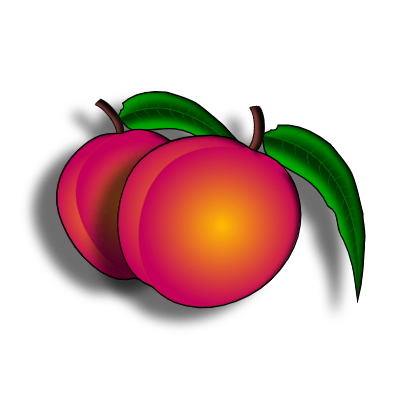
So when are peaches in season? The biggest peach production in our country comes from Georgia, where the peach season lasts from May to August. Florida produces this fruit for one month longer, starting in April, while peach season in California, the third producer in the country is between May and October.
If you want to find the best moment to buy locally produced peaches in your state, have a look at the following chart.
Peach season table
| State | Peaches in season |
|---|---|
| Alabama | mid-May till mid-September |
| Arizona | May till June and August |
| Arkansas | June till August |
| California | May till October |
| Colorado | June till mid-November |
| Connecticut | July till September |
| Delaware | June till September |
| Florida | April till June |
| Georgia | May till August |
| Idaho | August till October |
| Illinois | June till September |
| Indiana | mid-June till mid-September |
| Iowa | July till August |
| Kansas | June till mid-October |
| Kentucky | mid-June till August |
| Louisiana | May till mid-September |
| Maine | mid-July till mid-September |
| Maryland | July till September |
| Massachusetts | mid-July till September |
| Michigan | mid-July till mid-September |
| Mississippi | mid-May till July |
| Missouri | June till September |
| Nebraska | July till August |
| Nevada | July till September |
| New Hampshire | August till September |
| New Jersey | July till mid-September |
| New Mexico | July till September |
| New York | July till September |
| North Carolina | June till September |
| Ohio | July till mid-September |
| Oklahoma | June till September |
| Oregon | June till October |
| Pennsylvania | July till September |
| Rhode Island | mid-July till mid-September |
| South Carolina | May till September |
| Tennessee | June till September |
| Texas | April till August |
| Utah | mid-July till September |
| Virginia | July till August |
| Washington | June till September |
| West Virginia | July till September |
| Wisconsin | July till August |
| Wyoming | July till August |
As witnessed, the peach season varies from state to state. However, this does not mean that you cannot get fresh peach throughout the year. Although the peak season is during summer, peach is picked pretty much throughout the year due to many arable varieties.
The peak picking season spans from late April and runs through to November in most states, but the fruit is widely grown, and other areas pick it earlier or later.
Peach is grown in more than 33 states in the US, and its various picking times create a consistent supply throughout the year. However, California provides the most significant volume due to its favorable climate and soils. California is closely followed by South Carolina, Florida, and Georgia.
So sweet and soft with the good ripe, we associate peaches with the beautiful summer months. If you want to get the most out of the peach season, is good to know when and where to find this fruit.
When shopping for peach, choosing fresh and ripe ones can challenge those unfamiliar with the fruit. Here is a simple method of identifying the best ripe fruits to eat in season. Usually, ripe peaches have a dark yellow color that might manifest as deep golden yellow with a few wrinkles around the stem. Avoid any fruit with hints of green, red blush, or highlights as it has no ripeness.
Touching also comes in handy when identifying ripe peaches. Touch your recalled fruit and squeeze gently, not too hard as it might bruise the fruit and spoil it in the process. If the peach is soft, it is ripe and ready for eating. When it gives a little, store it for a day or two, and it will be prepared. But when there is no give whatsoever, the fruit is unripe.
When Peach fruit is ripe, it has a sweet, glorious smell that is very inviting. When you do not get any scent, then the fruit is unripe.
Peach can be used and taken in various forms, and one is allowed to get creative and mix things up. For example, they make great juices and mix with other fruits to make cocktails. Its skin pigments can also be ground and applied to the skin. This helps in protecting the body from UV.
Peach blends with many preparations, as peach sauces for your salad, meat or wraps, and our all times favorite peach cobbler. Besides being delicious, peaches are a perfect ally of your weight loss diet.
Eating peach has several health benefits. You will ensure them if you eat organic peaches during the right season. These benefits have been proven to be accurate by nutritionists and dietitians.
Peaches have Vitamins A and C and potassium as the primary nutrients. Containing very few calories, fat, cholesterol and sodium, they are also a great source of vitamin E and K, magnesium, calcium, high dietary fiber, and antioxidants. This combination results in:
- Improved heart health. Regular consumption of this fruit helps lower high blood pressure and cholesterol levels due to the presence of potassium. Soluble fibers present in the fruit assist in maintaining these levels as well.
- Better digestion. Roughages and fibers in the fruit’s skin help reduce constipation and improve digestion.
- Vitamins A and C boost the immune system and make it stronger. This helps prevent Scurvy, reduces cell damage, and helps prevent old-age sicknesses. Peach has beneficial antioxidants and polyphenols, which help in normal body processes such as cell replication.
- Peaches improve eyesight. This is because they contain both Vitamin and mild levels of beta carotene. The beta carotene is absorbed and turned into vitamin A by the body, thus enhancing vision.

